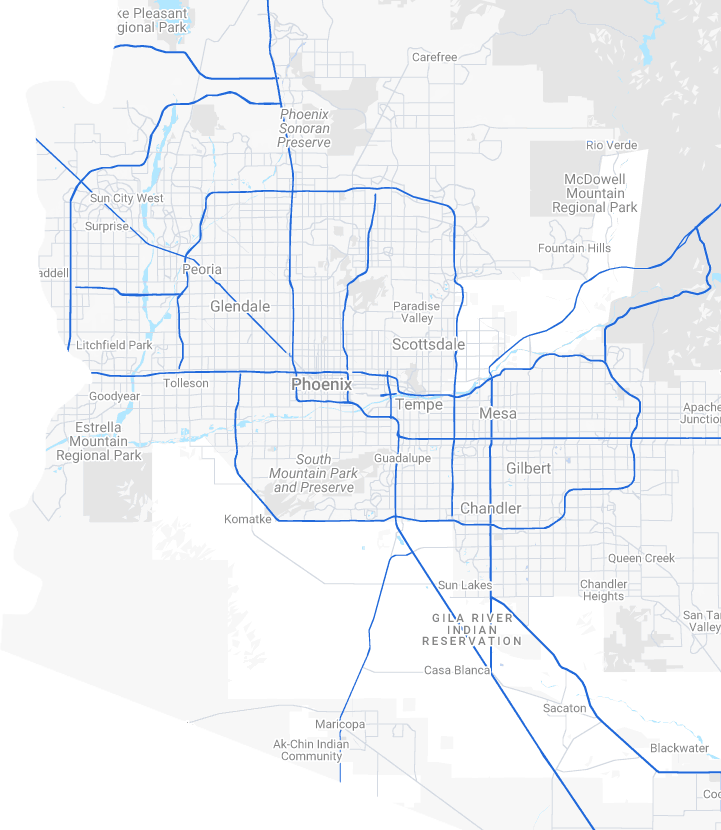The black widow spider is identifiable by its shiny black body and red marking on its belly. This breed of spider is dangerous and in some cases, fatal. Well-known in Phoenix, AZ and surrounding cities, the black widow is something to fear. Although an unfortunate encounter with this species could result in a painful bite, these small, yet, venomous creatures are fearful of human beings. They try to avoid contact with humanity at all costs.
Male vs. Female Black Widows
Like most species, the female black widow spider is distinguishable from the male. The male spider lacks the red marking on his belly; instead, he is recognizable by patches of a lighter red (pink) on his back. The male spider is also smaller in size than the female black widow. The female widow is infamously known for her intimate cannibalism. After mating with her male companion, she then proceeds to devour him. With his purpose served, the female spider eats and kills her male lover.
What Can I Do to Avoid Being Bitten?
Black widows can are most often found around buildings and homes. Typically, they do not attack unless they feel like their environment is in immediate danger. Black widows prefer climates that are dark and damp and close to the ground. Although you cannot eliminate trespassing of these scary little critters, you can take steps to minimize repeat encounters.
Prevention Methods
• Make sure all caulking is intact. Don’t leave cracks untreated.
• Remove clutter and distance it away from the house.
• Place garbage in its respective place and away from home.
• Maintain the landscaping
• Get a good pest control company to service your needs.
Pest Control Phoenix, AZ and Surrounding Cities
We realize that in-home pest control can be daunting for homeowners, which is why ACTION Termite and Pest Control, a trusted company since 1969, is here to serve ALL your pest control needs. Don’t take a chance with your loved ones, schedule your home inspection today. Our customer friendly staff can be reached at 602-899-2222.










